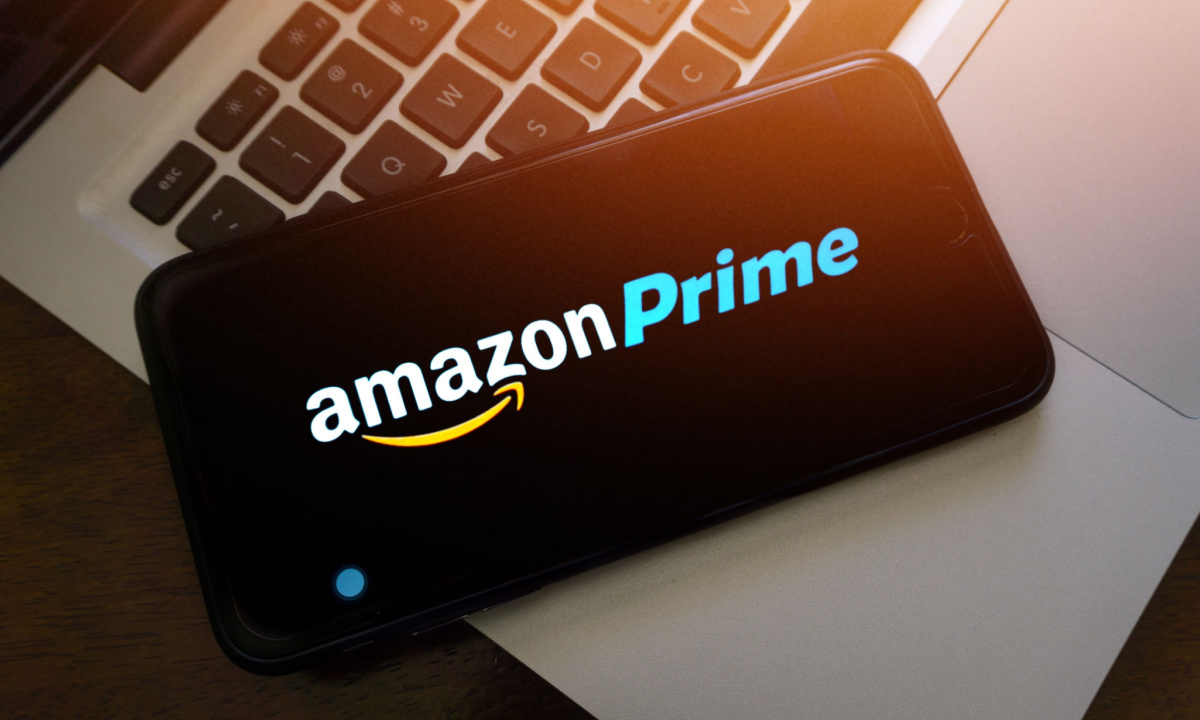FTC Amazon Prime Suit Points to Larger Issues on Subscription Cancellations

Whatever the outcome of the Federal Trade Commission’s suit against Amazon, the action is sure to raise larger debate over, and perhaps a retooling of, subscription business models in general.
And that might have seismic impacts well beyond Amazon.
As reported on Wednesday (June 21), the FTC has sued Amazon, alleging the company had used practices that “tricked and trapped” consumers into Amazon Prime recurring subscriptions, per a statement from FTC Chair Lina Khan. The suit seeks as-yet-unnamed monetary civil penalties to be levied on Amazon.
The 159-page complaint alleges that the company, which gets roughly $25 billion in subscription revenues annually, has used “dark patterns” to trick consumers to enrolling into the program, and makes its cancellation process complicated.
The complaint alleges, too, that although Amazon has revamped the cancellation process for at least some subscribers, “the primary purpose of the Prime cancellation process was not to enable subscribers to cancel, but rather to thwart them.” The FTC filing details that the cancellations could be done only (until April of this year) through “through the online labyrinthine cancellation flow known as the ‘Iliad Flow’ on desktop and mobile devices; or b) by contacting customer service.” The Iliad reference is to the epic tasks/journey of Homer in the Greek epic poem.
PYMNTS has reached out to Amazon for comment; none had been received at this writing.
Pressure Already Mounting on Subscriptions
In the meantime, as PYMNTS data have shown, there’s been a dip month over month, as measured from April to May, for Amazon Prime subscriptions (and for Walmart+ too). The share of consumers with Amazon Prime subscriptions in May stood at about 65%, down roughly a percentage point from April. The shift has been most pronounced, we found, among younger consumers, where 10% fewer consumers — at 65% of Gen Z — held those subscriptions, compared with 75% in the previous month. Inflation plays a role here, no surprise, as all manner of purchases are colliding with the need to tighten the household budget. Indeed, back in April, we found that more than half of subscribers canceled a subscription in the previous 12 months (across the broader subscription landscape).
In the meantime, Amazon has through the past several months been busy expanding “Buy with Prime” — rolling it out to all U.S. merchants.
The debate over cancellations and the business practices surrounding those cancellations is sure to deepen and sharpen.
As detailed here, in a panel discussion with Karen Webster, Brian Bogosian, CEO of sticky.io; Seth Goldman, CEO of floral and gifting subscription firm UrbanStems; and Alex Brown, CEO of sustainable cleaning supplies subscription firm Truly Free took stock of ways cancellation practices can engender customer loyalty.
They said that, for example, giving subscribers the ability to cancel themselves right from the membership portal can prove to be a boon. So is the ability to pause memberships rather than cancel them outright.

